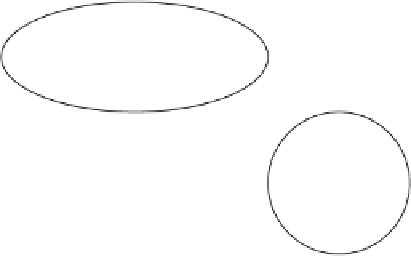Environmental Engineering Reference
In-Depth Information
Who is measured?
citizen-consumer
producer power
and surveillance
reflexive
monitoring
Who measures?
producer
state-sanctioned
monitoring
citizen-consumer
internal
monitoring
counter-
surveillance
producer
Figure 5.1.
Five ideal types of monitoring schemes (following van den Burg
et al.,
2003
).
hand, we are interested in the question of who monitors and measures:
which actors are in charge of, responsible for and controlling moni-
toring and measuring, for example, consumption levels and practices,
environmental emissions and effects, and production methods. On the
other hand, we are concerned with the question of who or what is sub-
jected to measurement and monitoring: which actors and which social
practices are monitored. This results in five different ideal type moni-
toring schemes, which we label (1) internal monitoring, (2) producer-
power and surveillance, (3) reflexive monitoring, (4) countersurveil-
lance and (5) state-sanctioned monitoring (Figure
5.1
).
Within producers/providers/companies, internal or self-monitoring
of substance flows (energy, materials) and production practices is
important to follow production processes, to enhance efficiency of nat-
ural resource use, and to reduce costs of waste fees, but also as a means
to fulfil state requirements (emission standards), to acquire certification
(e.g., reporting requirements following ISO 9000 or ISO 14001; prod-
uct labelling requirements) and to enable communications with third
parties on corporate responsibility and a 'license to produce'. These
internal monitoring schemes are not necessarily restricted to one com-
pany, organisation or agricultural farm, but also might extend to other














Search WWH ::

Custom Search